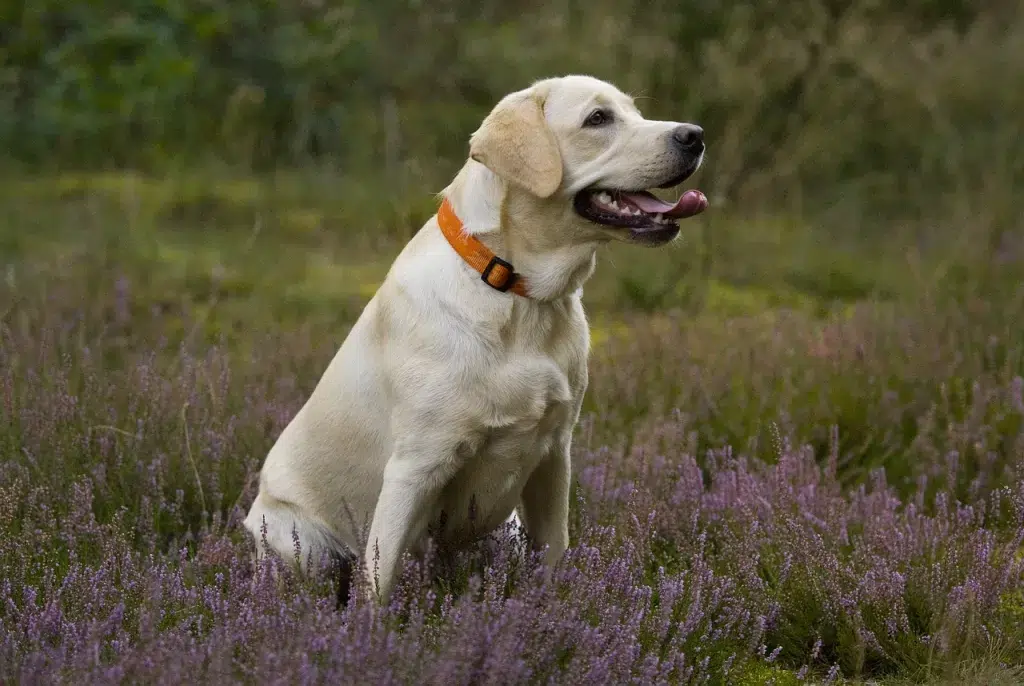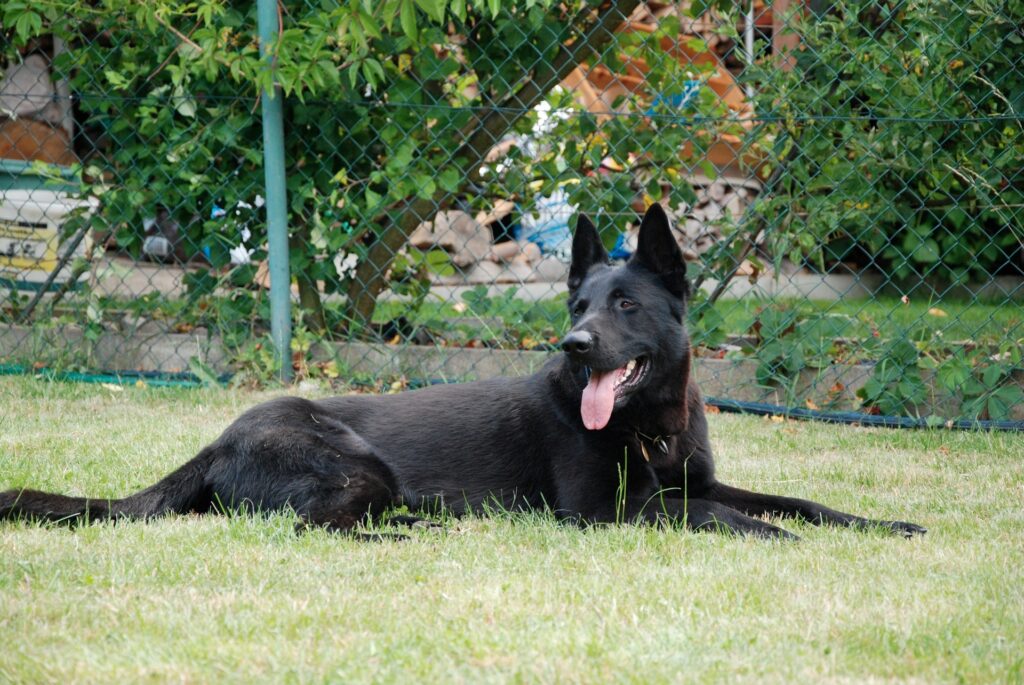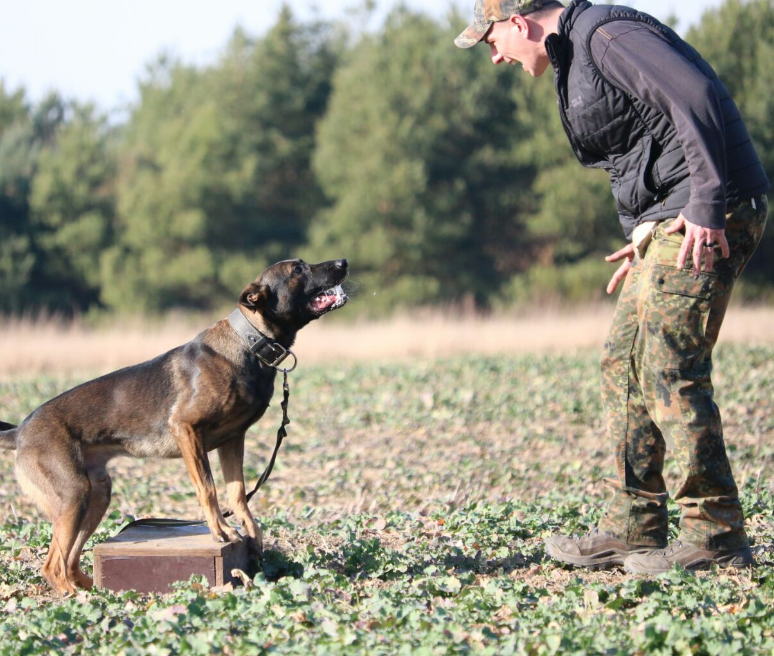
Dogs have an extraordinary sense of smell, and harnessing this natural ability can lead to exciting and practical applications. Teaching your dog to recognize scent traces is not only a fun and engaging activity but can also be a valuable skill for various purposes, including search and rescue, tracking, and even recreational activities like nosework competitions. In this blog, we’ll explore the steps and considerations involved in training your dog to recognize scent traces.
Understanding a Dog’s Sense of Smell
Before diving into training, it’s essential to understand the remarkable olfactory capabilities of dogs. A dog’s sense of smell is significantly more powerful and nuanced than that of humans. Their noses are equipped with an extraordinary number of scent receptors, allowing them to detect and differentiate a wide range of odors. This natural ability makes them well-suited for scent-related activities.
Steps to Teach Scent Recognition
1. Choose a Suitable Scent:
- Start with a scent that is distinctive and easily recognizable to your dog. Common choices include essential oils like lavender, peppermint, or even a specific food scent.
2. Positive Association:
- Associate the chosen scent with positive experiences for your dog. This could involve treats, playtime, or any other rewards your dog enjoys.
3. Introduce the Scent:
- Let your dog sniff the scent in a controlled environment. You can use a cotton ball or a piece of fabric with a few drops of the chosen scent. Allow them to investigate and associate the scent with positive experiences.
4. Scent in a Controlled Setting:
- Initially, introduce the scent in a controlled setting like your home or backyard. Encourage your dog to follow the scent, rewarding them when they do so.
5. Gradual Complexity:
- Gradually increase the complexity of the scent trail. For example, start with a short trail in a straight line and then progress to more intricate paths or patterns.
6. Outdoor Exploration:
- Take the scent recognition training outdoors, where there are more distractions and a variety of surfaces. This helps your dog generalize their skill to different environments.
7. Reward and Reinforcement:
- Consistently reward your dog for successfully following the scent trail. Use positive reinforcement to strengthen the association between the scent and the positive experience.
8. Varying Distances and Difficulty:
- Vary the distance and difficulty of the scent trails. This challenges your dog and keeps the activity engaging.
9. Gradual Introduction of Obstacles:
- Introduce mild obstacles or challenges along the scent trail, such as low hurdles or changes in terrain. This helps your dog adapt to different scenarios.
10. Real-world Applications:
- Once your dog becomes proficient in recognizing scent traces, you can apply this skill in real-world scenarios. This may include search and rescue training or participating in nosework competitions.
Considerations and Tips
1. Patience is Key:
- Scent recognition training takes time and patience. Allow your dog to progress at their own pace, and avoid rushing the process.
2. Use High-Value Rewards:
- Use high-value treats or rewards to reinforce positive behavior. Make the experience enjoyable and rewarding for your dog.
3. Short, Positive Sessions:
- Keep training sessions short and positive to prevent your dog from becoming fatigued or losing interest.
4. Consistency Matters:
- Be consistent in your commands, rewards, and training methods. Consistency helps your dog understand what is expected of them.
5. Adapt to Your Dog’s Strengths:
- Every dog is unique, and their strengths may vary. Some dogs excel in tracking on different surfaces, while others may have a strong sense for airborne scents. Tailor your training to your dog’s strengths.
6. Seek Professional Guidance:
- If you plan to use scent recognition skills for specific purposes, consider seeking guidance from professionals or organizations that specialize in scent work or search and rescue training.
In Conclusion
Teaching your dog to recognize scent traces is a rewarding and enriching experience for both you and your furry friend. It taps into their natural abilities and provides mental stimulation and engagement. Whether you’re exploring scent recognition as a fun activity or as part of more advanced training, the bond you develop with your dog during these sessions is sure to deepen, and their incredible sense of smell will be put to good use.


